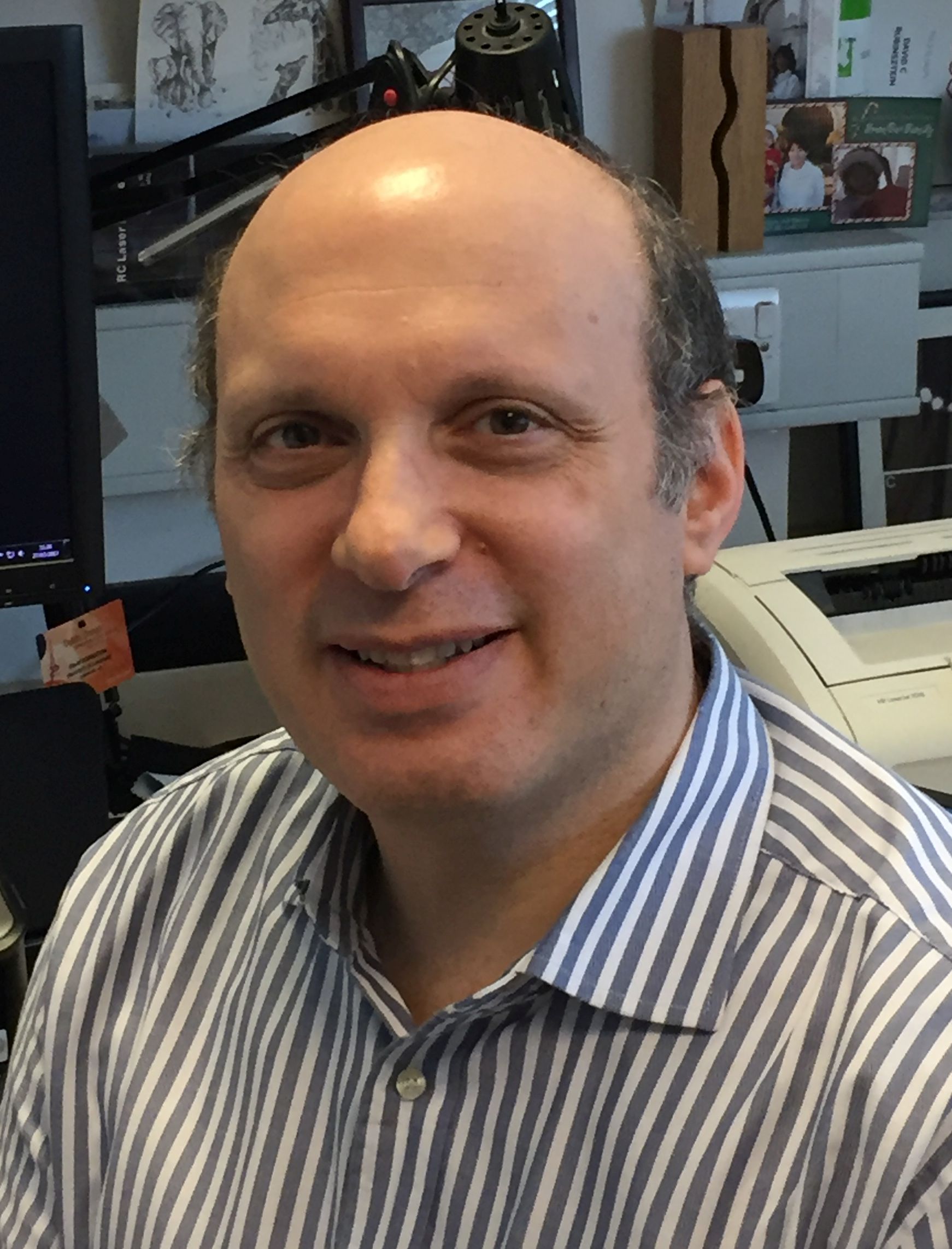
Keywords
Clinical Conditions
Equipment & Techniques
Many of the intracytoplasmic, aggregate-prone, mutant proteins causing movement disorders, like mutant huntingtin (in Huntington’s disease (HD)), alpha-synuclein (in Parkinson’s disease (PD)) and mutant tau (in frontotemporal dementia and Parkinsonism), cause pathology via toxic gain-of-function mechanisms. The factors regulating their clearance are likely to be important for understanding pathogenesis and developing rational therapeutic strategies. The two major intracellular protein degradation pathways are the ubiquitin-proteasome system and (macro)autophagy. My laboratory discovered that these intracytoplasmic proteins are removed by autophagy and that one can lower their levels and ameliorate disease in cell and animal models by boosting autophagosome formation. Our research goal is to understand the links between these diseases and autophagy. We currently focus on: understanding how autophagy is regulated using several cell and animal models; how autophagy may be compromised in neurodegeneration; and possible ways to ramp up this process in order to remove toxic proteins and avoid the development of neurodegenerative disease.
autophagosomes in a neuron
